

1913

CLAAS patent – knotter
At the beginning of the company's history, efforts at CLAAS were focused on installing knotters on hay balers of external manufacturers. The operational reliability of these knotters declined with the ever-deteriorating twine quality during World War I. August Claas succeeded in improving the existing knotters in such a way that they could cope even with poorer-quality twine.
1920

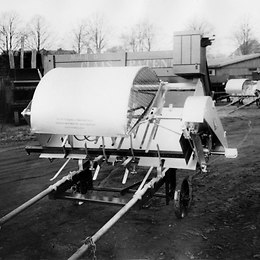
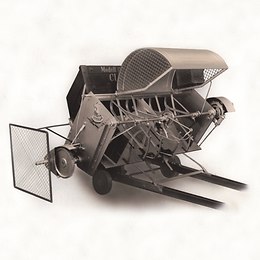
Hay balers
Franz Claas built the first hay baler in Germany in Clarholz, in 1896. These hay balers were situated behind the stationary threshing machines, and bundled the straw that fell out of the straw walkers into manageable bunches. From 1920, hay balers were manufactured industrially in Harsewinkel. The highest annual number of units was reached in 1929, with 2,960 hay balers produced.
1921
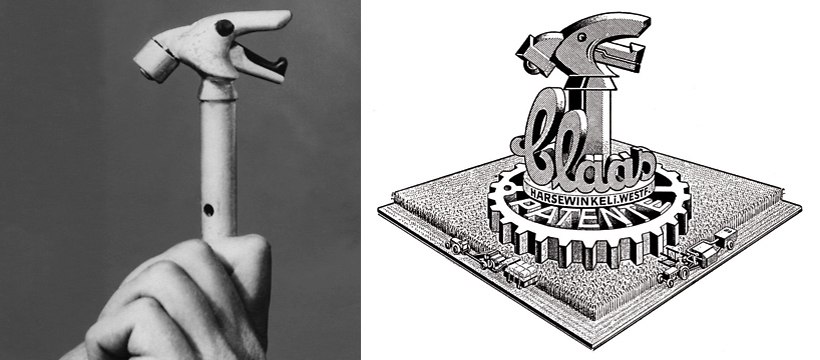
The knotter
CLAAS received the first patent on a knotter apparatus that was safe and reliable. Additional patents followed. Many hay balers of external manufacturers were equipped with CLAAS knotters.
1931
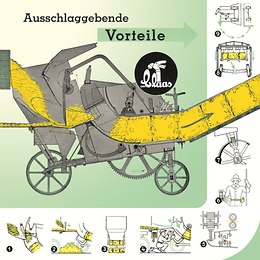
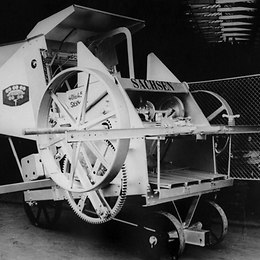
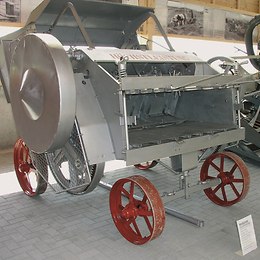
Mounted straw press
From 1931, the demand for higher bale densities and exactly formed bales led to the design of mounted straw presses. To begin with, like the hay balers, they were situated behind the threshing units, but later they were attached to the threshing machines. A lighter version of the hay baler was later also attached to the combine harvester. Production was ultimately abandoned, owing to a lack of demand at the end of the 1960s.
1934

Pick-up balers
With the construction of its first pick-up and loading baler in 1934, CLAAS introduced a new method for harvesting feed crops. A tine drum picked up the hay in the swath and a conveyor canvas fed it to the bale chamber. The baler had two knotters. The bales went directly onto the wagon via a loading chute.

Next: 1950 – 1973






